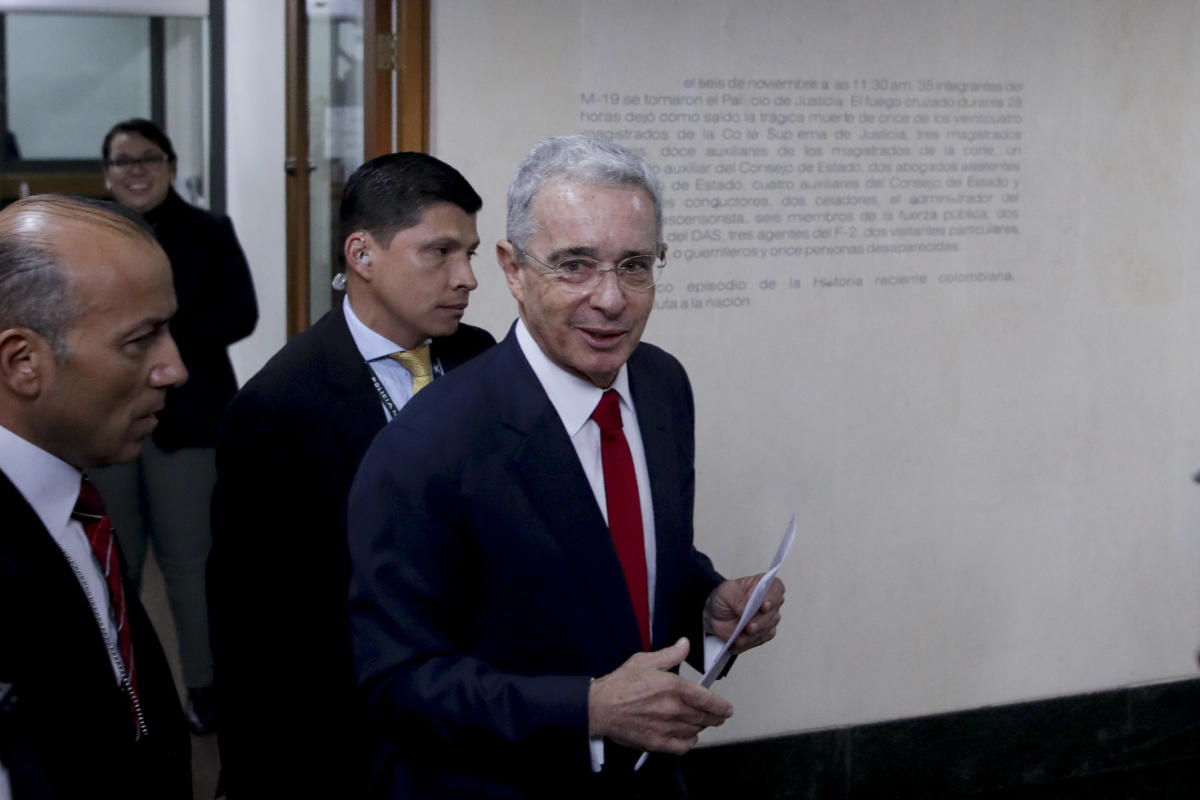Feb. 15—Mora-area residents affected by the historic Hermits Peak/Calf Canyon Fire expressed frustration this week to federal and state officials about how their claims have been handled and demanded agencies pick up the pace and deliver overdue compensation.
A Federal Emergency Management Agency official told the residents gathered at the Mora town hall Tuesday evening much of the delay in making payments for recovery from the 2022 wildfire, including post-fire flooding, stemmed from the agency having to handle claims and dispense money in a different way than is normally done.
The system for administering the funds had to be established from the ground up and a new policy guide had to be written, said Jennifer Carbajal, deputy director of FEMA’s regional claims office.
She expressed sympathy for residents’ grievances and assured them the agency is taking the needed steps to speed up payments.
“It did take some time to get the process ironed out,” Carbajal said. “I ask you to give us another chance.”
Inadequate staffing added to the lags in processing claims and is being addressed by FEMA hiring more full-time workers and bringing in temporary help from other offices, she said.
FEMA has expanded the local workforce to about 100 full-time employees and 80 contractors and aims to hire even more to reduce the backlog of claims, she said, adding she is encouraged with the progress she has seen in the past seven weeks.
FEMA has had a bumpy road since Congress approved $4 billion in federal recovery money to compensate those who suffered losses from the fire.
The blaze, the largest in the state’s recorded history, was ignited when two prescribed burns set by the U.S. Forest Service went awry and then merged into an inferno that scorched 341,000 acres.
The fire raged through Mora, San Miguel and Taos counties, burning hundreds of homes and displacing thousands of residents while damaging watersheds and forest ecosystems.
FEMA so far has approved $383 million in payments, almost 70% of the $556 million in claims it has received from residents for losses they’ve suffered from the fire, Carbajal said. The bulk of the money paid out is for land restoration, reforestation and debris removal, she added.
Still, many affected residents have complained FEMA is moving too slow and missing the 180-day deadlines for compensating them.
The slow payments are among the complaints that have spurred several lawsuits in the past year.
Litigants also say FEMA didn’t produce all requested public records about the funding in a timely manner and attempted to pressure claimants into negotiating settlements without aid from attorneys.
Several people at the meeting bashed the process as cumbersome and confusing, saying it seemed at times deliberately designed to trip them up.
A couple of residents spoke about families they know who are still displaced almost two years after the fire destroyed their homes.
Some said they have yet to be paid for their loss of livestock, crops and timber. Others complained certain FEMA inspectors and claims office staff were uncooperative and even adversarial, acting as though it was their job to deny them compensation.
Carbajal agreed many people have waited too long for their payments. And she echoed what New Mexico’s congressional delegates said in a letter to FEMA those handling claims should not act like insurance adjusters trying to reduce payouts.
That principle must be drilled into people with insurance backgrounds during training, she said.
“We have had to remind them that this is not an insurance company,” Carbajal said. “Whereas opposed to seeking to pay out the least amount, we are seeking pay out the maximum amount.”
Some notable changes made in the process is the creation of a list showing the required documents, the added flexibility for people to add newly discovered fire destruction to an existing claim and clearer procedures for how the agency will work with a resident’s attorneys, she said.
If another disastrous event occurs, that would require filing a new claim, she added.
In general, the process has been made simpler wherever possible, she said, which means people now only have to produce one document in certain cases whereas they needed several.
Another significant change is FEMA partnering with state agencies, which can act as liaisons for residents, said Ali Rye, deputy secretary of the state Department of Homeland Security and Emergency Management.
That’s important, Rye said, because “New Mexico is not understood in D.C.”
“New Mexico has culture that goes years beyond even these other states we have in the country,” Rye said.
To expedite claims and improve how they are managed will require better communication, Rye said. That means FEMA and the state must get vital information out to the communities, and the people must inform the agency of problems.
“If you’ve lost trust in the claims office, give us 30 more days,” Rye said. “We’re going to start making a change.”
Signup bonus from





